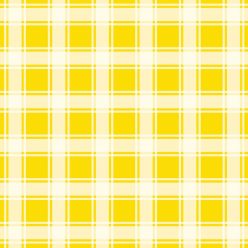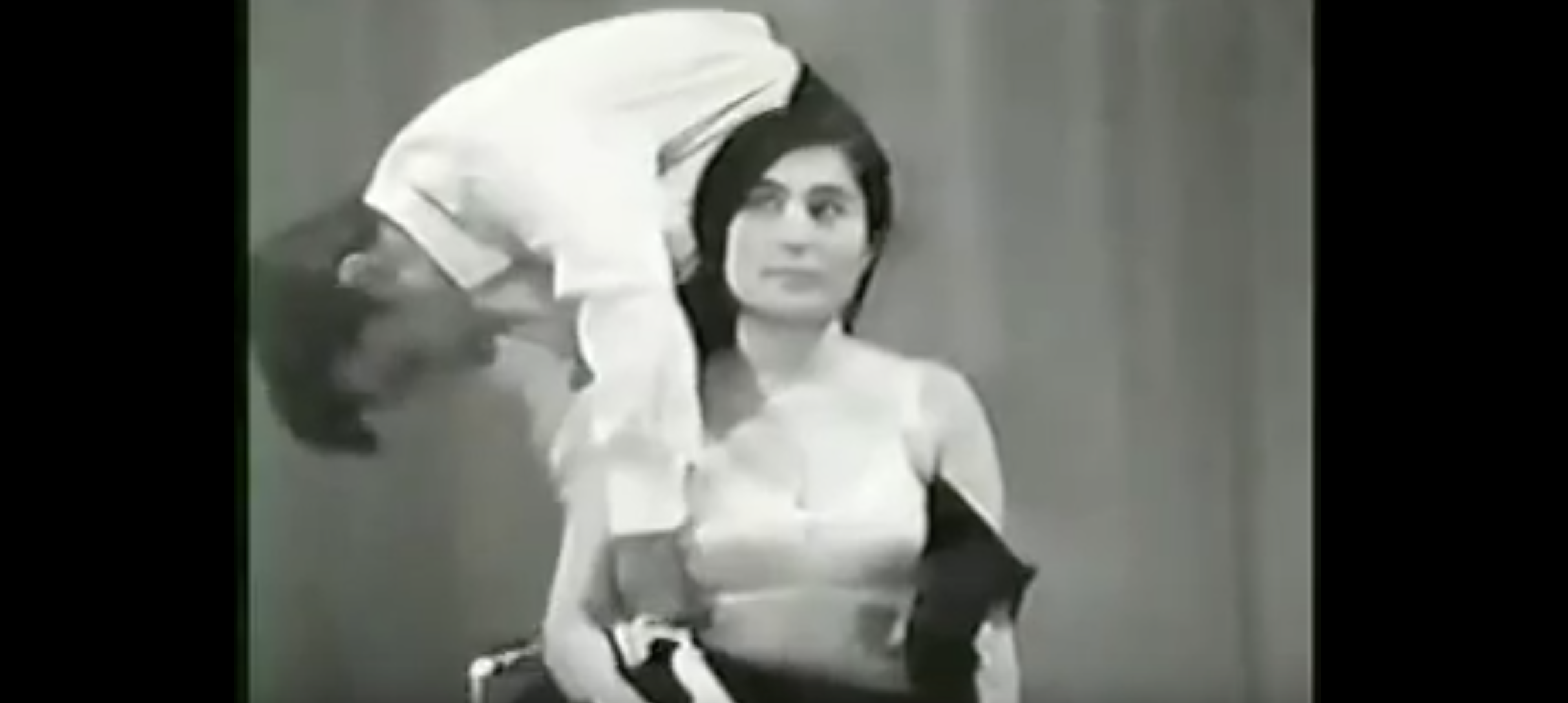The collective narrative.
As we belong to a generation that grew together with technology, we might have not noticed how the virtual space plays a huge part in our daily lives and how it has become a significant feature of our identity. I think that as social beings, openness and collaboration are natural to us, to a certain extent at least. We grow up with social media, where we are allowed to interact with friends and family even when we are not physically together. We even get to interact with people we have never met before, across cultures and lifestyles, eliminating distance and heightening global understanding. Conversation is open to everyone, anywhere, anytime.
So, this virtual space allows for narratives to transform into something increasingly collaborative, involving more than one person in its making. Not saying that collaboration is not possible without the net, but it’s just that physical boundaries are eradicated, making collaboration more convenient and making content more… wholesome? I’m not sure how to describe it, but I’m sure that you would agree with me that the net has allowed for better understanding and acceptance across communities.
Here is what I have to say on Yoko Ono’s “Cut Piece”.
In a collective narrative, different points of views come into play, creating a story with multiple authors. In Randall Packer’s essay on Open Source Studio, when talking about the collective narrative, he mentioned exquisite corpse, a game in which a composited work is born through the contributions of multiple people/artists. I think that this is a great example of how people’s choices play a part in creating and defining the art work, like in Yoko Ono’s “Cut Piece“. Whatever the final result is, is determined by how the audience chooses to interact with the performer, and the work is constantly changing throughout the performance. Even when Ono performs it again at different locations, the work will never be the same as different people would interact with her or respond to the performance in different ways.
Ono’s “Cut Piece” has opened up dialogues and discussions about social issues of the time, of femininity, of how women were perceived, which was a very bold move, especially at the time then. Both men and women came to cut pieces of her clothes, and you can clearly see that people had different approaches to doing this. Some cut more, some cut less. And through this interaction, you can see a glimpse of these people’s characters and how they regard Ono as a subject, as a woman. Their different reactions combined, create an overall story about how women were treated as sexual objects, they sit there submissively with no say to whatever is done to them, which extends to just how they are treated and how they are expected to respond in general. This mirrors real life, and the real interaction with real life people, I feel, just gives it that much more credibility and authenticity to her message, rather than if she just created a piece that states her opinions on the matter.
Overall, I think that we could be more aware of our actions in the net, acknowledge and consider the possibilities that the internet can open for humans. The world is already at our fingertips, let’s not take it for granted.


I really like your closing. I think it resounds with the fact that being on the internet and revealing our names and faces is a bit like Yoko Ono’s Cut piece. You’ll never know who else out there has a virtual pair of scissors and what they’re about to do with it.
I agree with you that this piece is more audience than artist and this piece is quite intriguing to see the behaviors of how the audience would react when you take out the rules. Imagine what society would be like if our laws and regulations were removed! Talk about the Purge!